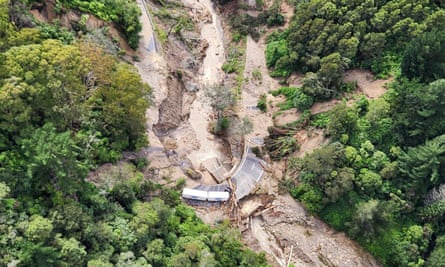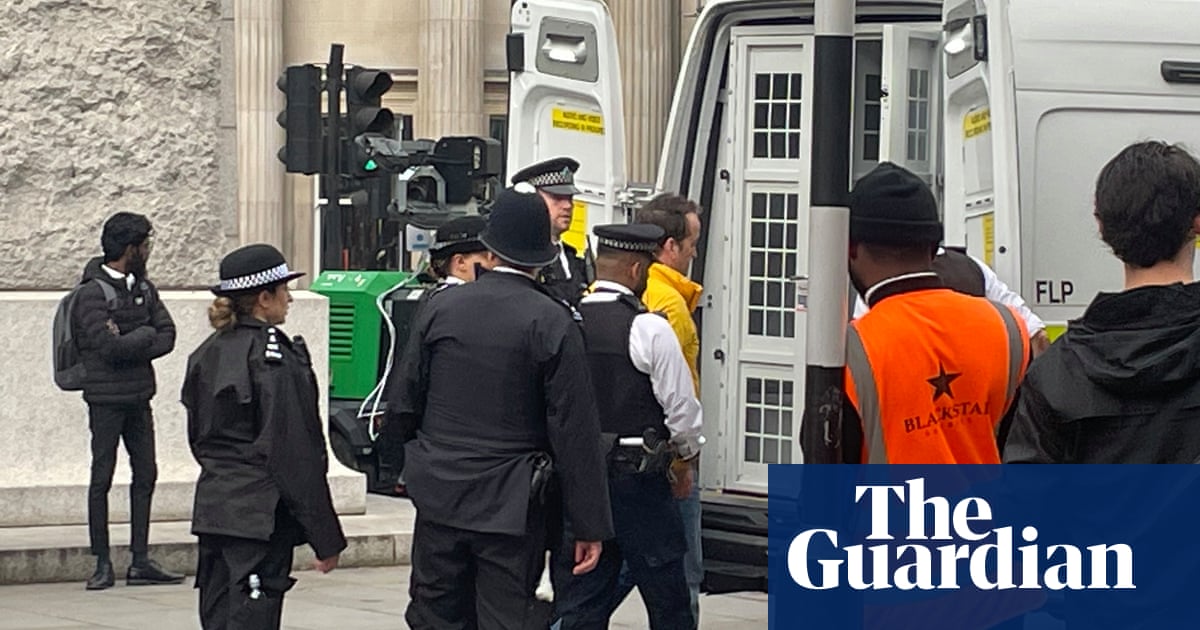The flooding began in the early dawn hours, as the darkness eased into the morning sun of late summer. The night before, a raging cyclone had traversed the east coast, thrashing the land, raising the rivers and cutting power. The flood would be described as eerie, silent, creeping; or a roar, or the sound of a busted water main, depending on where you lived in relation to the river that snakes through the settlement.
I live in the rural town of Te Wairoa in northern Hawkes Bay. The town is remote and nestled on a state highway along the east coast, between Napier to the south and Gisborne to the north, and enclosed by Te Urewera, a protected area, home to the Ngāi Tūhoe iwi. Wairoa is one of a handful of towns in the country where Māori comprise the bulk of the population: 62% of about 4,960 residents.
That the floods have affected a region rich in resources but marked by abject poverty and deprivation, striking the homes of those among whom at least 50% are uninsured – and largely mana whenua (those with historic and territorial rights over the land) – is a sting in the tail.
The town is bisected by the Wairoa river, which, when the flood came, enveloped the north side, swamping swathes of homes and land in tonnes of contaminated water, mud and silt. The bridge was rebuilt after being destroyed in 1988 by Cyclone Bola, which caused severe flooding and damage. This event, definitive to the town’s memory, has been usurped by the scale of destruction caused by Cyclone Gabrielle.
My rental is on the south side and sits adjacent to the river. The morning of the flood I woke to dazzling sun, around 7am. Over the course of an hour or so I observed the rising river from my window, dull and brown, perceivable above the high fence line. Outside, my street was awash in approaching flood waters; access blocked. Tree trunks torn from earth, diffuse wood debris, gnarled log piles and hay bales raced down the river at great speeds; livestock would follow. The river breached its banks and made a steady creep across the front yard toward my house. Across its breadth on the facing south bank, new channels cut by the furious overflow formed waterfalls, plunging masses of water over pastoral land down the embankment into an already overfilled trench.

My landlord knocked on the door, tell me to pack a bag for evacuation. It was difficult to decide with little time what constitutes a life, what is worth saving when everything is worth something. I packed a handful of photographs and letters, a silk shirt, my treasured Soviet-era chess set from Ukraine, a farcical number of books, my journals and laptop, a hairdryer.
A provisional evacuation shelter was under way at the war memorial hall, but I stopped by the empty and dark newsroom and through the window watched the river surge and sweep what it could into its remit, lapping the main street as high tide approached. Already, the caravan park down the street was submerged as the river pushed through, collecting and depositing belongings – kitchen equipment, mismatched shoes – gathered on its journey. The bridge was closed for safety as logs torpedoed toward its pylons, trembling its foundations.
At the shelter down the street, on the grounds of the district council, volunteers were coordinating provisional arrangements. A table had been arranged in the foyer with the names of those arriving promptly recorded. Initially, only those who had been evacuated were accepted; however, given the streams of arrivals requiring information or assistance this position was abandoned the following day. A man entered the hall, seeking nappies for his child; a volunteer instructed him to rip up old sheets.
With no power or cell coverage for days no one on this side of town knew quite what the other half had faced that morning until those rescued began assembling at the hall, seated at tables or on mattresses, dazed and silent.
One woman described clambering into the cab of her digger as flood waters rose underneath, swallowing her car within 15 minutes. By the time she had realised there was a problem it was done, she said quietly, shaking her head at the recollection. In the absence of phones, people described hearing voices yelling through the streets, imploring residents to flee. For many on that first day it was too soon to talk. Instead, they sat, backs against the wall, staring into the middle distance.
The stories that have amassed in my notepad over these past two weeks in the aftermath of Cyclone Gabrielle could fill a book; there is nowhere large enough to contain them. And each story is a Matryoshka doll; the devastation wrought by the floods reveals a stark picture that in turn reveals another.
To step into a resident’s ruined home is to more often than not witness the precarity or poverty in which many lived prior to the floods. Many here live paycheque to paycheque, circumtances exacerbated by the cost of living crisis; elderly people on fixed incomes with no excess cashflow nor social fabric to break their fall. The larger question hovers: where will people live? With what will they rebuild their lives? With so many abandoned here, in this neglected region, the mayor’s recent television appeal to not be forgotten strikes a sobering note.
The story of the flood is the story of Wairoa. A post-treaty settlement, an agreement in progress, has ensured some return of lands to Ngāti Kahungunu – the iwi to which Wairoa belongs, along with smaller iwi and hapū (subtribes).
But it has, since the economic reforms of the 1980s, stalled into slow decline in population and across social outcomes in employment, health and education. Before the flood destroyed so many homes, the town was already 350 short.

For many who have already lost so much over generations, leaving their whenua (land) is out of the question. For some, the event is, in their view, subsiding – the clean-up appears under way, their homes were spared. For others, living temporarily with family or on the marae, and in the face of an uncertain future, it is just the beginning.
Anna Rankin is a writer working as a reporter in Wairoa

 1 year ago
62
1 year ago
62










 English (US)
English (US)